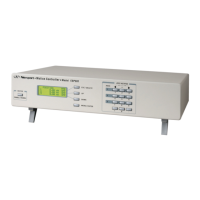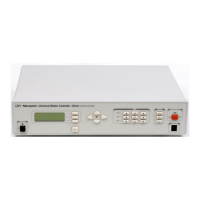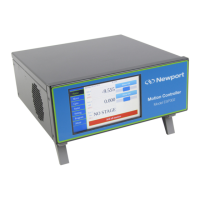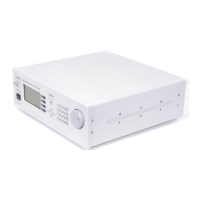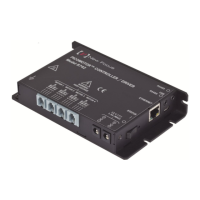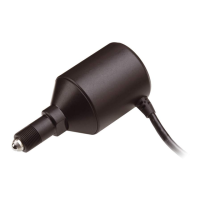4.25 EDH0162En1040 – 06/99
MM4005 Motion Control Tutorial
Fig. 4.33 — Phase Timing Diagram.
One phase is energized after another, in a sequence. To advance one full
rotor tooth we need to make a complete cycle of four steps. To make a full
rotor revolution, we need a number of steps four times the number of rotor
teeth. These steps are called full steps. They are the largest motion incre-
ment the stepper motor can make. Running the motor in this mode is called
full-stepping.
What happens if we energize two neighboring phases simultaneously (Fig.
4.34)?
Fig. 4.34 — Energizing Two Phases Simultaneously.
Both phases will pull equally on the motor will move the rotor only half of
the full step. If the phases are always energized two at a time, the motor
still makes full steps. But, if we alternate one and two phases being activat-
ed simultaneously, the result is that the motor will move only half a step at
a time. This method of driving a stepper motor is called half-stepping. The
advantage is that we can get double the resolution from the same motor
with very little effort on the driver’s side. The timing diagram for half-step-
ping is shown in Fig. 4.35.
Fig. 4.35 — Timing Diagram, Half-Stepping Motor.
Now, what happens if we energize the same two phases simultaneously but
with different currents? For example, lets say that phase A has the full cur-
rent and phase B only half. This means that phase A will pull the rotor
tooth twice as strongly as B does. The rotor tooth will stop closer to A,
somewhere between the full step and the half step positions (Fig. 4.36).
Artisan Technology Group - Quality Instrumentation ... Guaranteed | (888) 88-SOURCE | www.artisantg.com
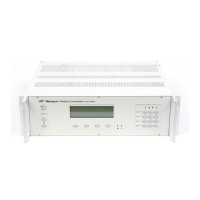
